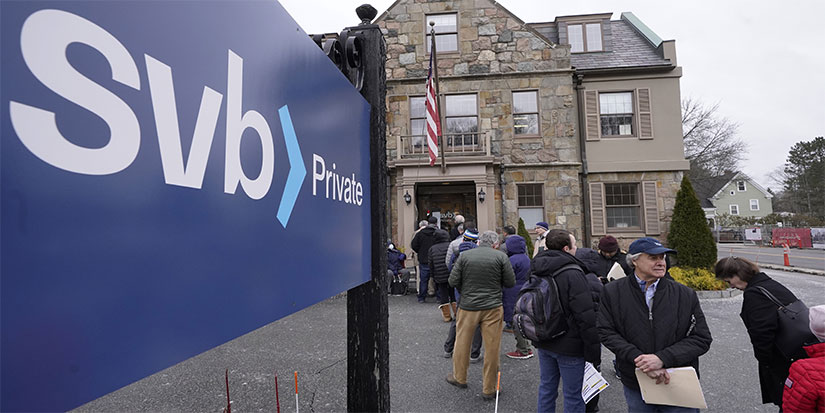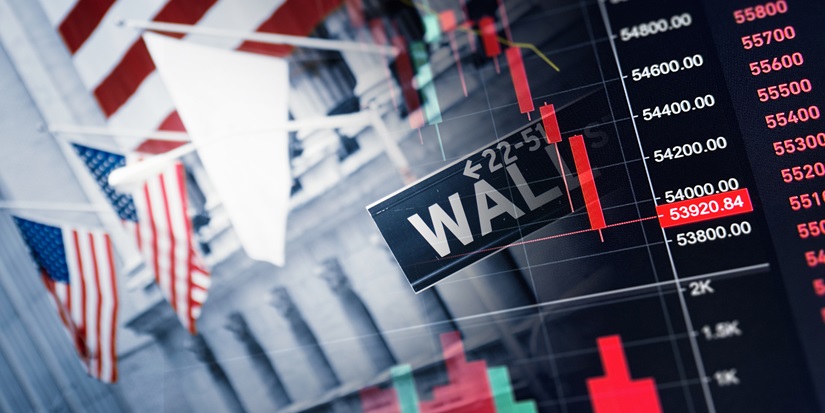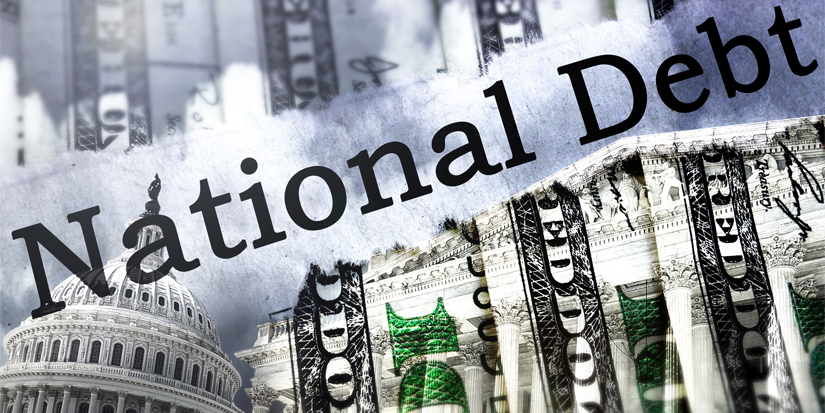
Silicon Valley Bank’s Collapse Offers a Crucial Reminder
-
 Thompson Clark
Thompson Clark
- |
- Smart Money Monday
- |
- March 20, 2023
If you hike interest rates at the fastest pace in half a century, something just might break.
And recently, something did.
In just 48 hours, the 16th-largest bank in the US by deposits collapsed.
Silicon Valley Bank marks the second-biggest bank failure in US history, second only to Washington Mutual in 2008. Today, I’ll share three key factors that led to its demise, including one that’s crucial to keep in mind as we continue to pinpoint strong investment opportunities in Smart Money Monday.
Here’s how banks are supposed to work:
-
You deposit cash in the bank, along with a lot of other people.
-
The bank invests most of that cash in assets and loans to earn a profit.
-
The bank’s #1 job is to keep those investments safe and liquid enough to satisfy depositors who want to withdraw their money.
Silicon Valley Bank did a great job bringing in deposits. After all, this was the bank of the venture capital community and their portfolio companies. Where Silicon Valley messed up was on the investing side. They bet big on long-dated bonds that no longer held the same value when they were forced to sell.
Let’s take a closer look…
SVB’s Demise and a Cautionary Lesson
First, Silicon Valley Bank was functionally insolvent.
Its liabilities exceeded the fair market value of its assets. This was clear as of September 30, 2022, from its 10-Q financial statement. It was the first major red flag.
Second, the way a bank is funded is as important as its loan book.
Banks are typically funded with customer deposits. If those deposits decide to leave—well, that’s another way to wipe out a bank. Upon the first sign of stress, Silicon Valley Bank’s depositors decided to withdraw… all at once.
Third, paying 50, 60, or 100X earnings for anything is a bad idea.
Like what you're reading?
Get this free newsletter in your inbox every Monday! Read our privacy policy here.
|
Strategic Investment Conference (SIC) 2023: A few years ago, it would’ve been unthinkable that we’d experience the rate hikes, inflation, and global unrest of the last year. Today, it seems the only way to truly be defensive in your portfolio and leverage new opportunities is to “think the unthinkable.” At this year’s Strategic Investment Conference, our faculty of world-renowned speakers will help us prepare for what comes next in 2023 and beyond—both the potential pitfalls and the hidden opportunities. |
“Risk-Free” Isn’t Always Risk Free
The risk-free principle applies not just to stocks. It also applies to bonds, real estate, and any cash-generating asset.
Regarding Silicon Valley Bank, management thought it prudent to buy billions of dollars of risk-free bonds. These were US government Treasuries and government-guaranteed residential mortgages.
Yes, they’re risk-free. Holders of these debt instruments will receive their interest and their principal at the time of maturity.
However, receiving 100 cents on the dollar at any time during the life of the loan is not a guarantee.
For instance, if interest rates rise, why would anyone pay 100 cents on the dollar for a piece of paper yielding 2% if the new rate in the market is 4%–5%?
Bond prices are heavily influenced by alternatives that exist in the market. So, a 10-year bond yielding 2% in a world where rates are 5% is not worth full value.
Again, over time, the holder of that bond will get paid back at par. But what if they need to sell prior to maturity?
No one in the world—except a government, perhaps—will pay 100 cents on the dollar for a bond yielding 2% if the market rate is 5%. That would be value-destructive.
And yet with Silicon Valley Bank, this is effectively what happened. Just like the 1980s with bankers thinking oil prices would stay high, or the 2000s with bankers thinking home prices would always rise, a handful of bankers thought interest rates would stay at zero forever.
Obviously, they were proven dramatically wrong.
Don’t Overpay
It’s common to think of a stock in relation to the multiple of its earnings. A $20 stock that earns $1 per share trades for 20X earnings.
A bond, however, is never quoted this way. A bond is quoted in the inverse. So, a $20 par value bond paying $1 in interest has a yield of 5%. And a $20 par value bond paying $0.40 in interest has a yield of 2%. Inverting it, this bond could be said to be trading for 50X earnings.
Like what you're reading?
Get this free newsletter in your inbox every Monday! Read our privacy policy here.
Bottom line, if you overpay for an asset, it’s less likely to become a valuable investment… even if you’re buying something “risk-free” like a US government Treasury.
Thanks for reading,

—Thompson Clark
Editor, Smart Money Monday
Tags
Suggested Reading...
|
|

 Thompson Clark
Thompson Clark


